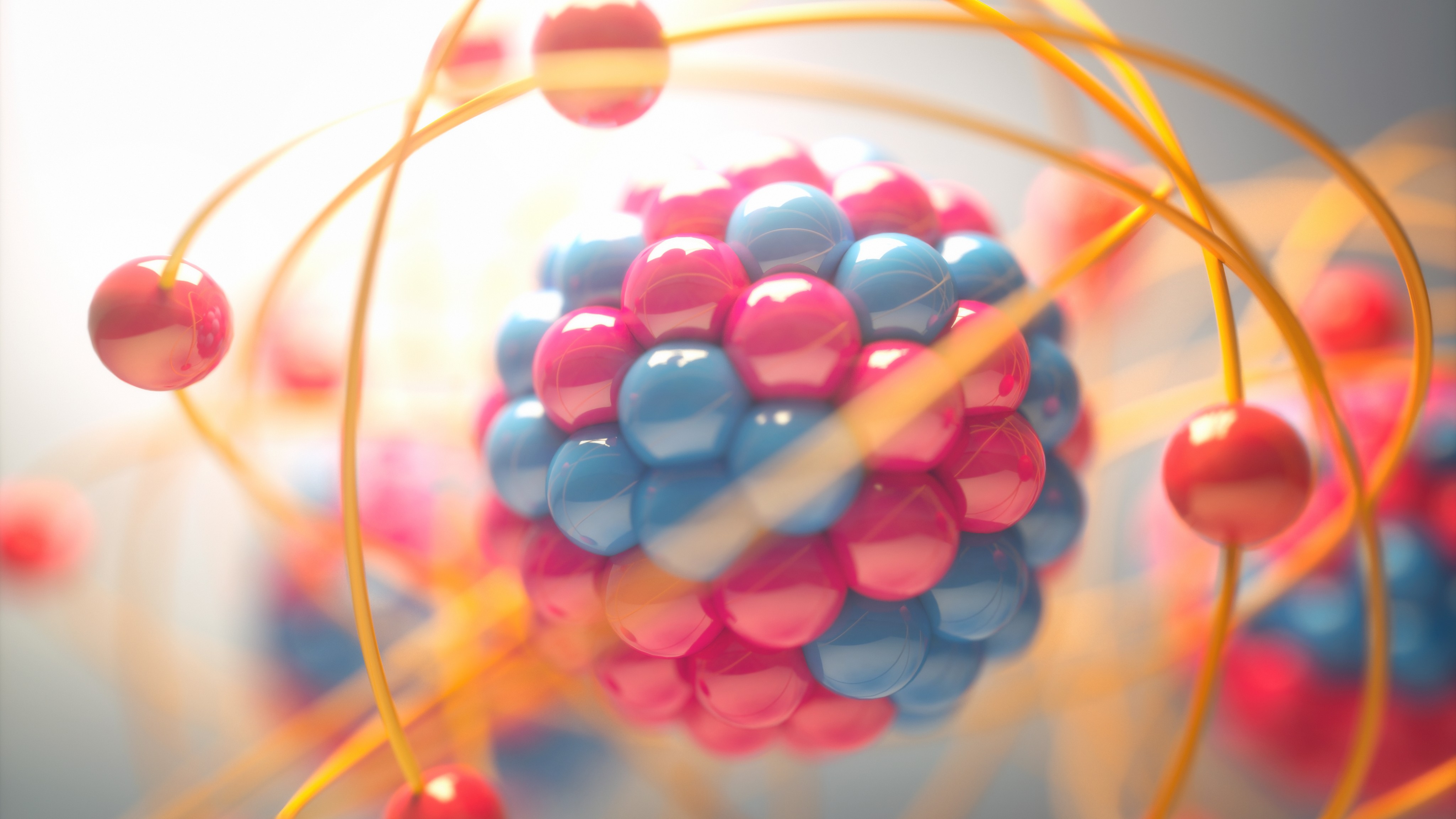
Physicists have blown up atoms to hundreds of times their usual size to create a spectacular version of exotic matter that was once thought to be impossible.
The strange matter phase, known as a time crystal, was created by firing lasers at rubidium atoms until they ballooned into an excited form.
By doing so, the researchers say that they have opened a new avenue for exploring the properties of the mysterious crystals, which cycle periodically between two states seemingly without end, moving forever and never losing any energy.
The new technique, which was described July 2 in the journal Nature Physics, could also help scientists to build better quantum computers.
"We have created a new system here that provides a powerful platform for deepening our understanding of the time crystal phenomenon in a way that comes very close to Frank Wilczek's original idea," co-author Thomas Pohl, a physicist at the University of Vienna, said in a statement.
First proposed in 2012 by the Nobel-prize-winning physicist Wilczek, time crystals are groups of particles that repeat in time, much like other crystals (such as table salt or diamonds) repeat in space.
Related: Physicists link two time crystals in seemingly impossible experiment
This is exciting to physicists. Usually the laws of physics, which are symmetrical across space and (in most cases) time, creating outcomes that are the same regardless of their direction in space and time.
But crystals break this symmetry, arranging themselves in a preferred spatial direction. This means that, even if physical laws are still symmetrical, they create different outcomes depending on the direction they act upon crystals.
In the same way that crystals break symmetry in space, time crystals break them in time. They exist in the lowest possible energy permitted by quantum mechanics, and oscillate between two states without slowing down.
These remarkable properties have led to many claims that time crystals are perpetual motion machines that violate the second law of thermodynamics, but this isn’t the case. The crystals, which are driven by lasers, simply cannot lose or gain energy — all the laser light hitting them does is cause them to repeat their two-step shuffle. This means that, like many systems containing only a handful of atoms, the second law does not apply to them.
A number of time crystals have been made since Wilczek’s proposal, each offering their own unique windows into this bizarre phase of matter. To build their time crystal, the researchers behind the new study turned to rubidium atoms excited into what are known as Rydberg states.
By firing laser light at a glass container filled with rubidium atoms, the physicists pumped the gas with tons of excess energy. The laser light excited the electrons found within the atoms, causing the spaces between their atomic nuclei and the electrons’ outer shells to balloon to hundreds of times their usual size. This made something very interesting happen.
"If the atoms in our glass container are prepared in such Rydberg states and their diameter becomes huge, then the forces between these atoms also become very large," Pohl said. "And that in turn changes the way they interact with the laser. If you choose laser light in such a way that it can excite two different Rydberg states in each atom at the same time, then a feedback loop is generated that causes spontaneous oscillations between the two atomic states. This in turn also leads to oscillating light absorption."
In other words, a time crystal had appeared within the glass box.
"This is actually a static experiment in which no specific rhythm is imposed on the system," Pohl added. "The interactions between light and atoms are always the same, the laser beam has a constant intensity. But surprisingly, it turned out that the intensity that arrives at the other end of the glass cell begins to oscillate in highly regular patterns."
Now that they’ve created their new type of time crystal, the researchers will continue to experiment on it and test it for further applications. They have suggested that it could be used to create new, highly sensitive sensors, alongside helping scientists to better understand quantum synchronization — a phenomenon in which multiple quantum systems can be made to act in phase, that will aid in the development of better quantum computers.







